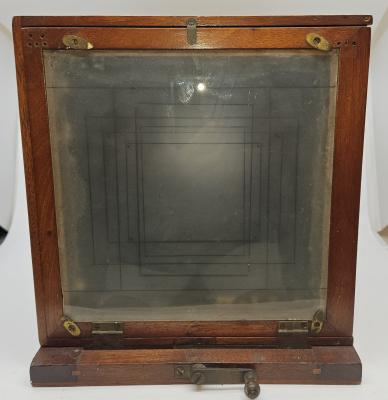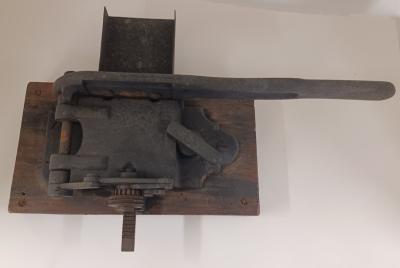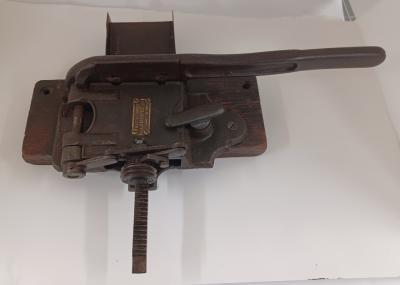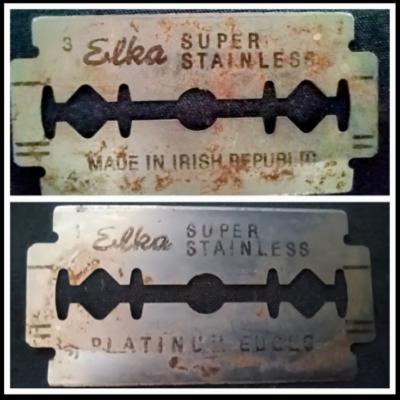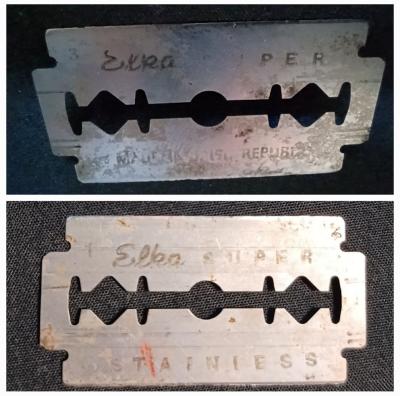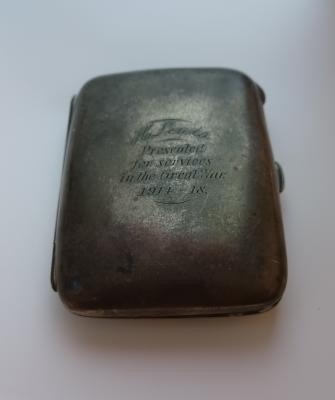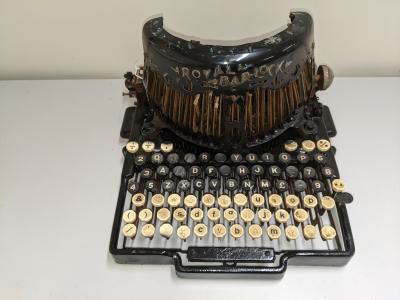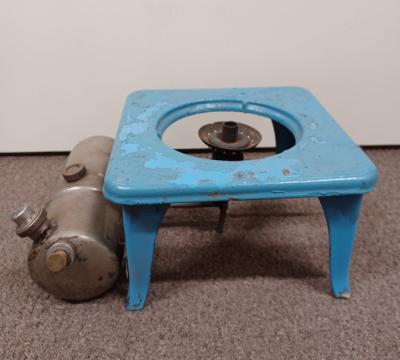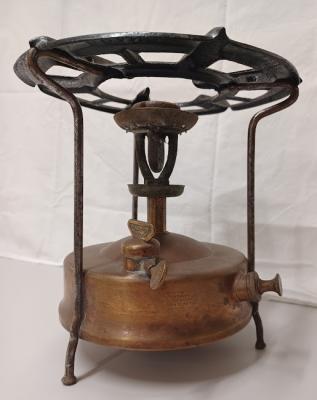Fenton "Holly" Bowl - Carnival Glass
c. 1924 - 1926Fenton carnival glass 9 inch bowl with crimped and fluted edges executed in a bright orange marigold colour with the holly berries and leaves pattern throughout
This object is an example of Carnival glass which is a moulded, hand shaped iridized glass that was first introduced in glassware by Fenton Glass Company in America in 1907, a glass manufacturer founded in 1905 by brothers Frank L. Fenton and John W. Fenton.
The original factory was in an old glass factory in Martins Ferry, Ohio, in 1905. The factory at one time was owned by the former West Virginia Glass Company. At first they painted glass blanks from other glass makers, but started making their own glass when they became unable to buy the materials they needed. They moved across the Ohio River to Williamstown, West Virginia, and built a factory in 1906. The first year for glass production was 1907. In 1908 John Fenton left the company and founded the Millersburg glass company in Millersburg, OH.
Frank Fenton was the designer and decorator. From 1905 to 1920, the designs made there were heavily influenced by two other glass companies: Tiffany and Steuben. But the many different colors were the work of Jacob Rosenthal, a famous glass chemist who is known for developing chocolate and golden agate glass. Towards the end of 1907, the Fenton brothers were the first to introduce carnival glass, which later became a popular collector's item.
Details
Details
Marshall family, who owned this piece, were early settlers at Hithergreen / Youngerillup.
American Carnival Glass once had the nickname "Poor man's Tiffany" as it was originally made as an imitation of the more expensive Tiffany American carnival glass and was originally sold in China and Glass shops, Department Stores and General Stores across America. As the years passed many "lesser" or leftover pieces were sold by the barrel to wholesale houses for distribution as prizes to circuses, churches, lodges and carnivals, hence its present day name.
Carnival Glass is now considered part of American heritage due to the fact that it originated there and over 95% of it was produced in America. Although many types of pressed glass were made in the early 1900s, only Carnival glass bears the striking iridescence which is its most prominent characteristic. Carnival glass comes in a large variety of shapes and colours as well as hundreds of patterns. Items produced include punch sets, table sets, water sets, mugs, plates, bowls, vases and novelty items.
Carnival glass comes in many colours but Marigold is generally recognized as the most common colour as it brightened the dark Victorian homes of the early 1900s.
More items like this
Other items from Busselton Historical Society
- Studio camera bellows
- Camera Darkroom Lamp
- TOBACCO CUTTER
- TOBACCO CUTTER - The Little Champion
- Razor Blade - Elka Platinum
- Razor Blade - Elka Super
- Marigold Bowl - Carnival Glass
- Cigarette Case (silver) - gift for H Lewis
- Pressed Glass Sweet Bowl on a Stand
- Typewriter, Royal Bar-Lock
- Portable Stove
- Portable Stove - Radius Ltd
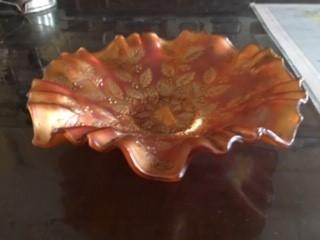
Scan this QR code to open this page on your phone ->

